
Although many who chose to live in the countryside may think that it has been like it is now for hundreds of years, they are sadly mistaken, and those who have been impacted most by the changes are those who rely on it for their very existence. That includes a whole range of living things, including man.
The gamekeepers who survived World War I returned to a land very similar to what they had left behind, but rapid change in the great scheme of the passage of time was on its way. Another conflict only 20 years or so later really forced the countryside to change its clothes. The pressure to survive World War II was really the driving force behind where we are now, as the nation’s food supply became a matter of life or death.
Those farmers who would not or could not meet the new demands of supply were at risk of having their land quite simply taken from them and given to someone who would farm it as the Government wanted. This was the new world of production. Land that may never have seen a plough was turned over, drainage was intensified and rough corners previously thought too difficult to crop were cleared.
Grasslands that had previously only seen livestock graze on their slopes were in turn cultivated. It began a new agricultural revolution, and this has had a catastrophic impact on our wildlife.
This story is from the {{IssueName}} edition of {{MagazineName}}.
Start your 7-day Magzter GOLD free trial to access thousands of curated premium stories, and 9,000+ magazines and newspapers.
Already a subscriber ? Sign In
This story is from the {{IssueName}} edition of {{MagazineName}}.
Start your 7-day Magzter GOLD free trial to access thousands of curated premium stories, and 9,000+ magazines and newspapers.
Already a subscriber? Sign In
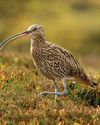
United we stand
Following United Utilities' decision to end grouse shooting on its land, Lindsay Waddell asks what will happen if we ignore our vital moors
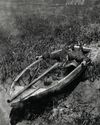
Serious matters
An old gamebook prompts a contemplation on punt-gunning
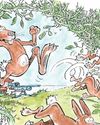
They're not always as easy as they seem
While coneys of the furry variety don't pose a problem for Blue Zulu, he's left frustrated once again by bolting bunnies of the clay sort
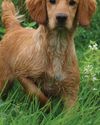
Debutant gundogs
There's lots to think about when it comes to making the decision about when to introduce your dog to shooting
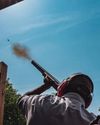
When the going gets rough
Al Gabriel returns to the West London Shooting School to brush up on his rough shooting technique
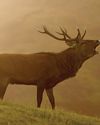
The Field Guide To British Deer - BDS 60th Anniversary Edition
In this excerpt from the 60th anniversary edition of the BDS's Field Guide To British Deer, Charles Smith-Jones considers the noise they make
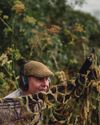
A step too far?
Simon Garnham wonders whether a new dog, a new gun and two different fields in need of protection might have been asking too much for one afternoon's work
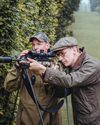
Two bucks before breakfast
A journey from old South London to rural Hertfordshire to stalk muntjac suggests that the two aren't as far detached as they might seem
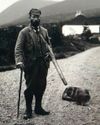
Stalking Diary
Stalkers can be a sentimental bunch, and they often carry a huge attachment to their hill

Gamekeeper
Alan Edwards believes unique, private experiences can help keepers become more competent and passionate custodians of the countryside